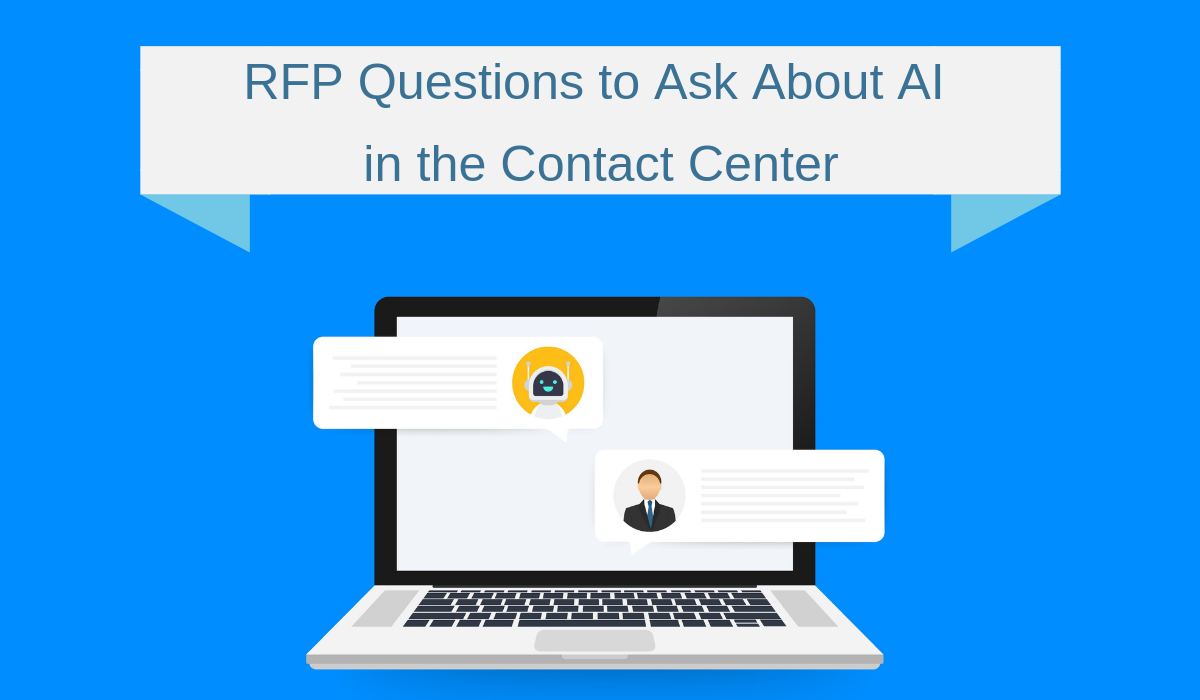Bharti Goyal MaanDownload Article
Our face had sunburns and feet were stinging. My mind was blank as I took a seat in the jeep from Lohajung to catch the train from Rishikesh. The expedition to Ronty Saddle had left the whole group content and exhausted. I fell asleep even before we had crossed the village limits. We all did. When the driver woke us up, we were already at the railway station with just 5 minutes to catch the train. We don’t know, how we managed. The train had started moving when we climbed down the stairs to the platform. It was a race between us and train and we managed to catch the train with all our unconventional luggage full of mountaineering equipment. Panting and thanking our lucky stars, we made to our seats.
By the time we settled, the train was at full speed. My mind too started its race. I revisited the exhilarating and challenging moments of the expedition- the jokes we had cracked at dinners, friends who left on the way, the broken ropes and gorges we had traversed. And then abruptly my thoughts moved to my office. There was a lot to catch up, but all I could think about were the pending customer RFPs. And then this funny thought came to me. The RFPs seemed like the peaks that we all aspire to conquer and the process of responding is like the expedition- often rushed, tiring, chaotic, full of surprises, no preparation can be enough. More than often it is also a time when the whole team eats and treads together, and once concluded, it is a feeling no less than conquering of Everest.
AI to rescue
My mind swayed to and fro connecting the evolution of expeditions and RFP responses.
Paper maps of peaks and trails have been replaced by advanced solar-powered GPS devices. The equipment is far more sophisticated now than it was even 2-3 years back. With pre-packed food and availability of long term weather forecast, logistics planning has become more predictable and simpler.
For RFP responses too, we are now using an Artificial Intelligence, machine learning and analytics-based solution. AI, ML and analytics together can manage the scattered information with elan to find the winning value proposition on time. It is even helping us with pre-qualification of RFPs based on organizations business rules, policies and values.
AI-based RFP response platform uses NLP (Natural Language Processing) and fills the response automatically almost replicating the human intelligence, and in almost no time using data from winning proposals (text, effort estimation, timelines, costs, risks, legal) as the input. It appropriates the RFPs and the knowledge that might be scattered throughout multiple organizations in the form of emails or documents in numerous containers. These are continuous learning models so that the responses are in the 5C format- Clear, Correct, Comprehensive, Concise and Complete.
Every RFP is an opportunity
An RFP is an organization’s opportunity to convey how it’s uniquely positioned to serve a prospect’s requirements.
“Please send us your proposal.”

“You are invited to respond to the RFP.”
These are real buying signals from your customer; something you have been waiting for since long; something that tells that now is time to account for those sales numbers. And however overwhelming the task might be, we need to differentiate and establish ourselves as the most competent partner.
Managing RFP challenge via AI
Organizations in B2B space, continuously respond to RFPs in an almost mechanical and “business as usual” manner. Most have dedicated bid management teams that work on RFPs. Though manual templatised responses rule the turf, AI has started transforming the way organisations respond to RFP.
The bid management teams can tell that crafting an effective response to a formal RFP can be a tedious activity. The team spends 40-300 hours per RFP and the large organisation receives 30- 100 high-value RFPs a month. A large customer has a pretty long list of requirements which can be a list of thousands of specifications organised as multiple distinct sections or documents.
The first step in the RFP response is to study the RFP and to lay out all the specific project requirements and questions. RFPs can be considerably complex and it takes time to just highlight and extract the critical information like business need, technical, operational & performance requirements, eligibility criteria, legal requirements etc. RFPs can often come in last minute, with firm deadlines for submission. The team then starts working on the story. They prepare requirement compliance statements, project scope, bill of materials, resource plan, effort estimate, timelines, milestones, costing, risks, dependencies, obligations, financial commitments and so on. The more complex the project, the tougher it is to pull together a rational response in a short period.
 As products and services evolve, having access to the most recent data becomes a critical win factor. With knowledge scattered across multiple platforms, documents and emails, the bid team often lose track of this information. There are documentation available, but if the portfolio is huge, which usually is the case then it becomes a complex search to find answers to all questions. Bid teams have routinely pointed to another pain, this is a scattered process, in the sense that, “where do you go and whom do you ask” with so many questions in an RFP. (Some of them might have already been answered in previous bids)
As products and services evolve, having access to the most recent data becomes a critical win factor. With knowledge scattered across multiple platforms, documents and emails, the bid team often lose track of this information. There are documentation available, but if the portfolio is huge, which usually is the case then it becomes a complex search to find answers to all questions. Bid teams have routinely pointed to another pain, this is a scattered process, in the sense that, “where do you go and whom do you ask” with so many questions in an RFP. (Some of them might have already been answered in previous bids)
Experts as Curators, not Creators
Internal processes of the organizations face an innovation imperative amidst intensifying competition. There is an increasing need for innovation and a necessity for innovation to be repeatable and sustainable. What if we could have a system that is efficacious enough to redirect the younger resources to better content, faster. AI can ensure that, when the RFP comes in, the team can quickly source 80% of the materials all ready to go and can focus on rest of the 20% that needs to be customized for that particular proposal. Questions that it can efficiently tackle include
1. Information about your company
2. What makes you better than competitors
3. Scope of work, products that we can implement from the portfolio, gaps, fit
4. How you are uniquely qualified to succeed
5. Answers to any of the customer’s specific questions
6. Your pricing section
7. Your “happy client” references
8. Terms and conditions
9. Legal and compliance
Once the RFPs are filled, they will be sent to the domain experts for the review and then to the Bid team which can now get involved with the customer quite early. This means genuine RFP responses at a lower cost while subject matter experts and proposal writers can now focus on critical higher-value RFPs.
Now that my train is approaching my destination, I am happy that we have chosen to implement the AI platform for RFP responses. There is now a huge difference to the way, we are responding to RFPs. It is providing a significant competitive advantage and increasing efficiency and accuracy, creating better outcomes—to ultimately increase RFP win rates.












